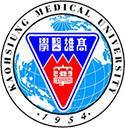-Dr. Kai-Chun Cheng, Department of Prosthodontics, Kaohsiung Medical University Chung-Ho Memorial Hospital-
In recent years, Artificial Intelligence (AI) has undoubtedly become one of the most prominent and transformative topics across industries. Its influence continues to expand, leaving a significant impact on all aspects of society—including the field of healthcare. Driven by AI advancements, medical technology has progressed rapidly, with innovative techniques emerging at an unprecedented pace.
In dentistry, traditional treatment methods have long been associated with complex procedures, frequent use of disposable materials, and challenges in achieving high precision. However, the rise of digital dentistry—combined with AI-powered tools—has significantly improved the efficiency, accuracy, and aesthetics of dental treatments that once required extensive time and effort, such as prosthetic design or surgical planning.
At the Department of Prosthodontics, Kaohsiung Medical University Chung-Ho Memorial Hospital, we specialize in crafting high-precision dental restorations, including fixed crowns and bridges, ceramic veneers, removable dentures, and full-mouth reconstructions. As a leader among medical centers in Southern Taiwan, our department has embraced digital AI-integrated dentistry by introducing state-of-the-art equipment, training expert prosthodontists and dental technicians, and offering a seamless, fully integrated digital dental service (see Figure 1).
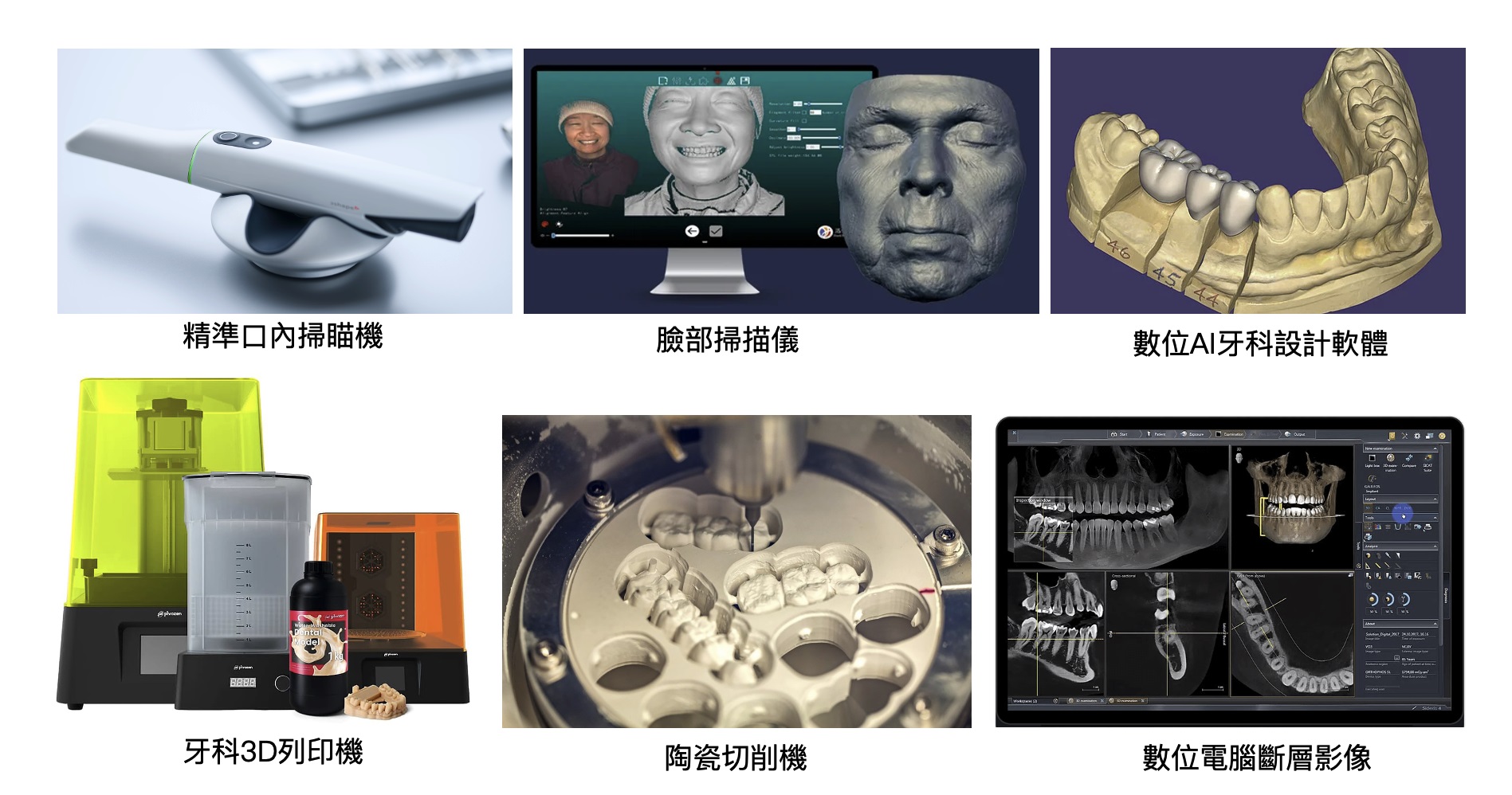
Figure 1: Our dental department is equipped with cutting-edge digital tools, streamlining treatment workflows and enhancing the precision of prosthetic fabrication.
Traditionally, full-mouth reconstruction often relied on removable dentures to restore chewing function. The fabrication process used to be extremely complex, involving steps such as detailed impressions, bite registration, tooth arrangement, resin molding, and metal casting. Today, AI-assisted design software and high-precision milling tools have revolutionized this process. With digital integration, dentures can be made more accurately and comfortably, significantly reducing the number of clinic visits required for patients (Figure 2).
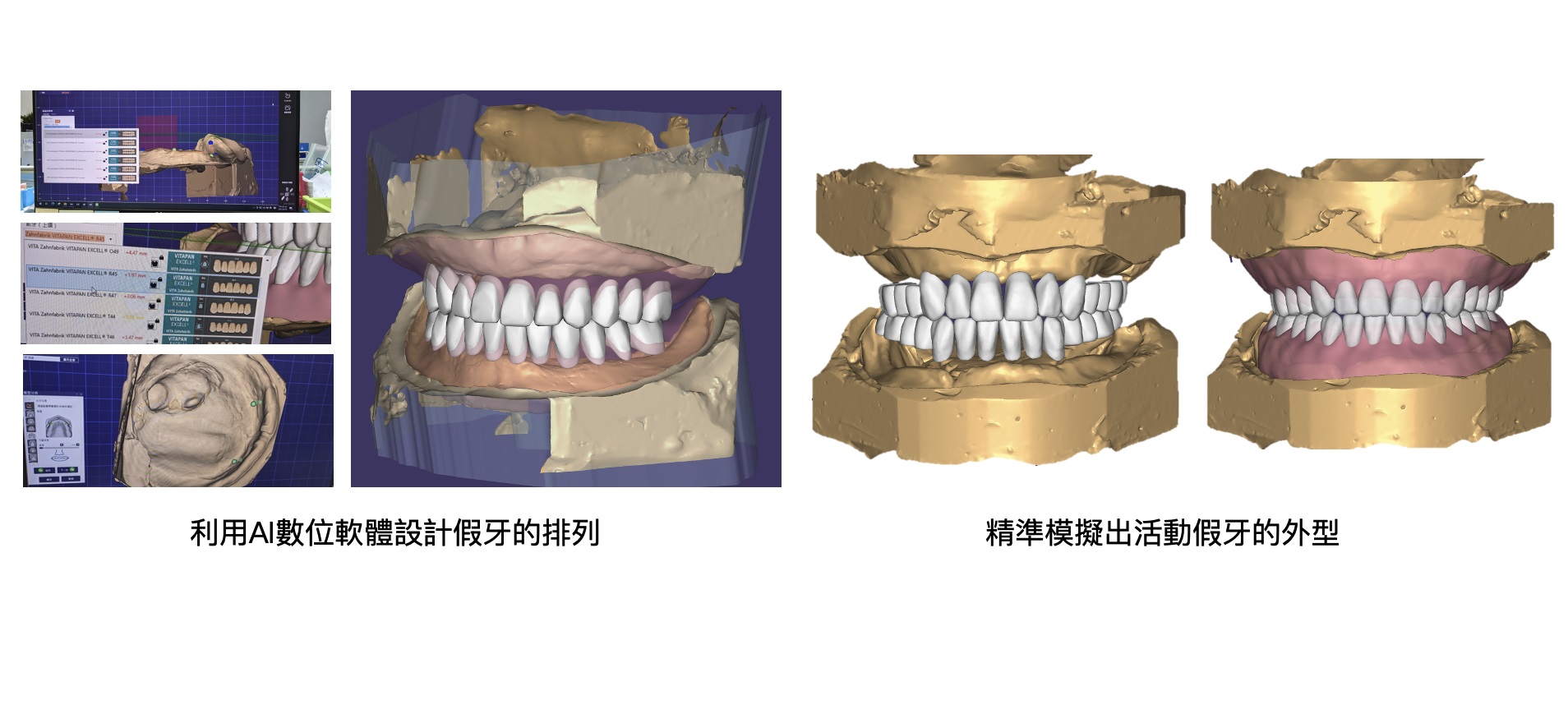
Figure 2: AI-assisted design and precision milling tools ensure that removable dentures are both comfortable and visually pleasing, while minimizing patient visits.
In the realm of smile design and cosmetic restorations, we now use a combination of 3D intraoral scanners, facial scanners, and CT imaging to gather comprehensive data—from teeth and gums to lips, facial features, and radiographs. These are integrated into Digital Smile Design (DSD) systems that simulate treatment outcomes at the very beginning of the process, enhancing predictability and improving patient satisfaction (Figure 3).
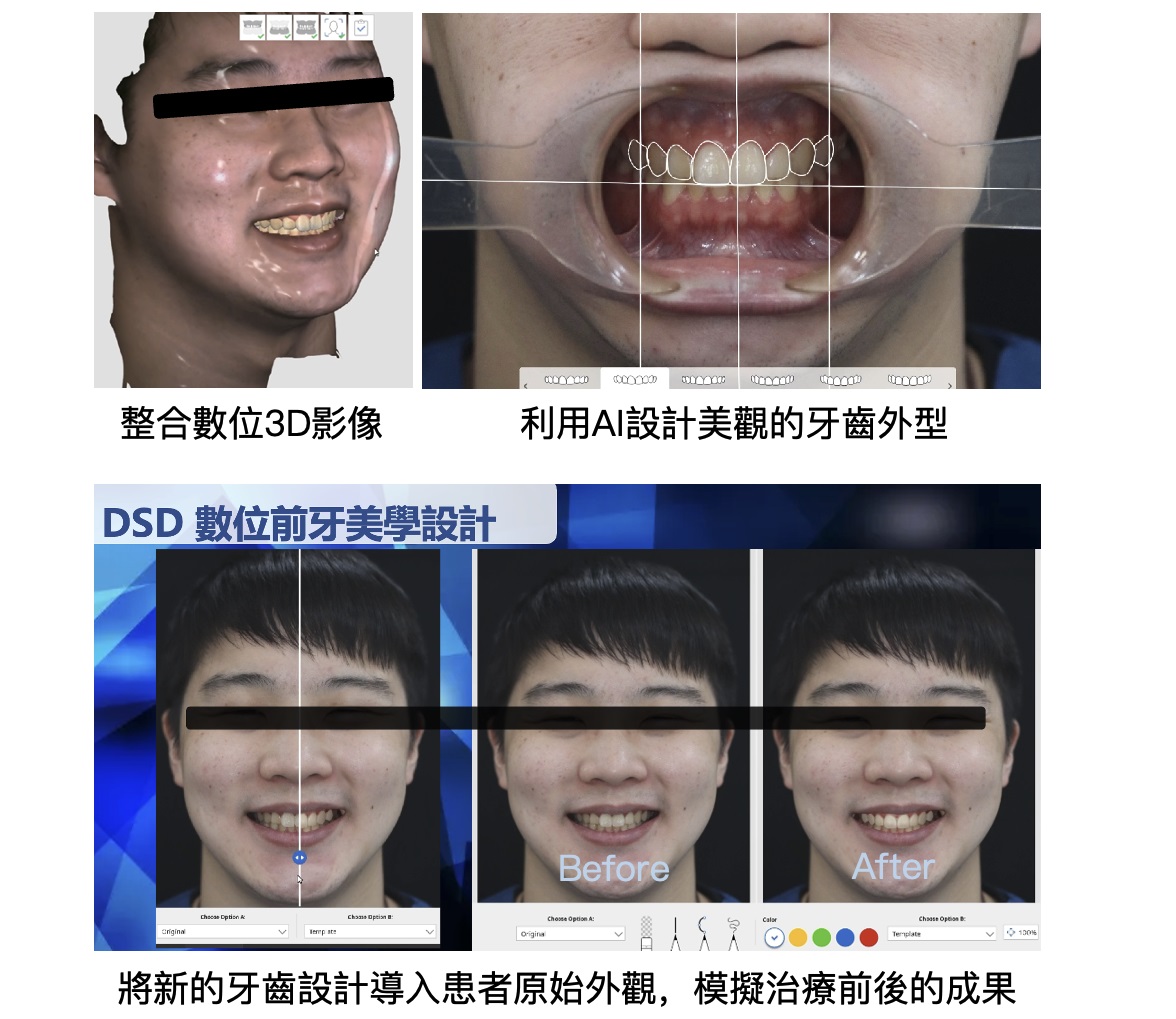
Figure 3: With AI-powered Digital Smile Design, patients can visualize expected outcomes before treatment begins—enhancing both confidence and predictability.
As dental aesthetics gain increasing attention, both patients and dentists are becoming more discerning about the color and shape of restorations. Our goal is to create lifelike, flawless ceramic prosthetics that are indistinguishable from natural teeth. This relies not only on precise tooth preparation but also on AI-assisted shade matching, simulation, and processing technologies. Using specialized shade-matching tools and digital imaging systems, we can perfectly replicate a patient’s natural tooth color and shape, allowing them to smile with greater confidence (Figure 4).
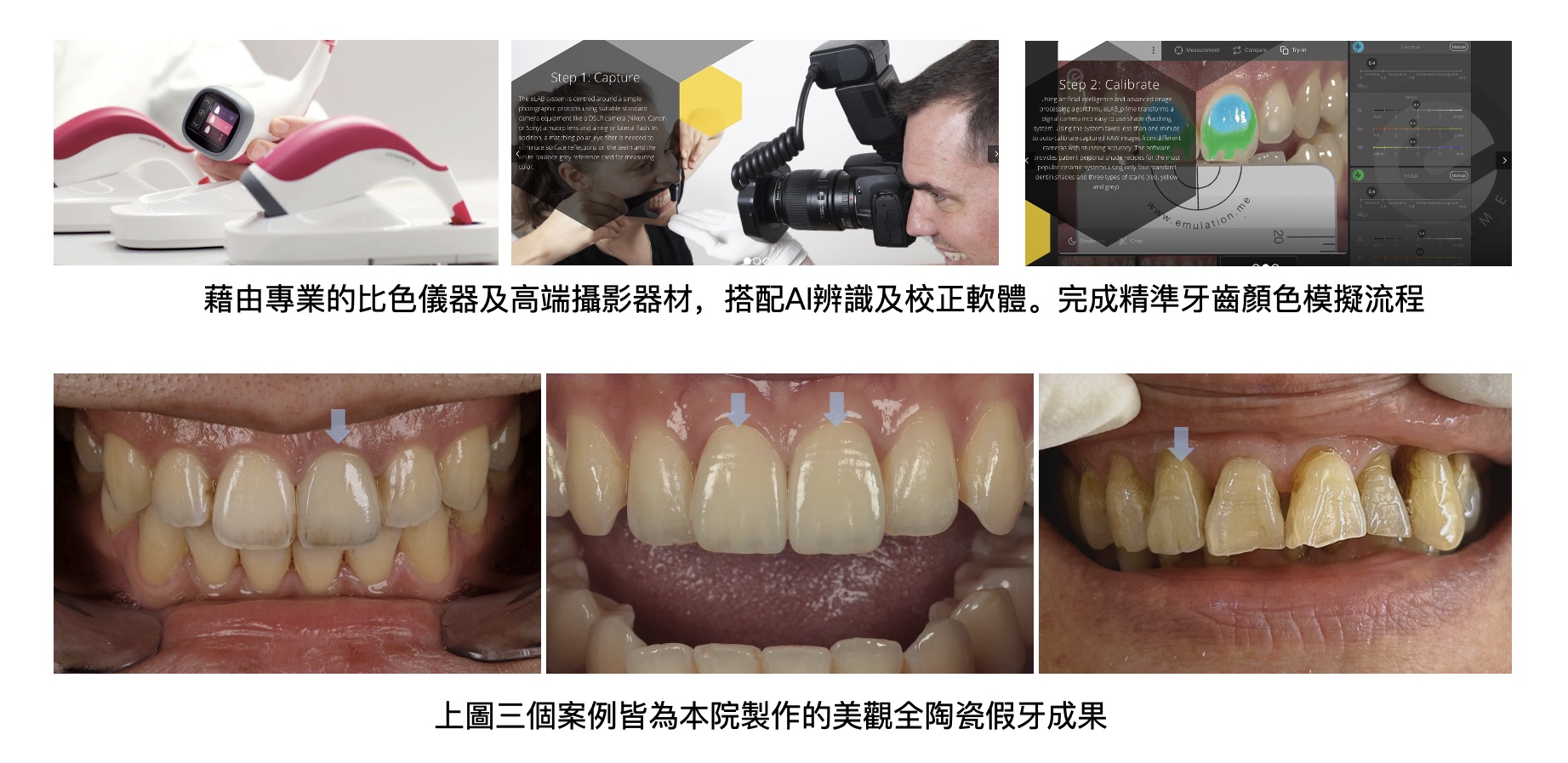
Figure 4: The teeth marked by arrows are ultra-realistic all-ceramic restorations made possible through AI-assisted shade-matching and advanced ceramic processing techniques.
The fusion of AI with digital dentistry represents a transformative force—like a high-speed train pushing the dental field into the future. Our department remains at the forefront of this evolution in Southern Taiwan, committed to providing top-tier dental care. By continually adopting state-of-the-art technology, we strive to offer treatments that are precise, efficient, and aesthetically satisfying—improving both oral health and quality of life for our community.
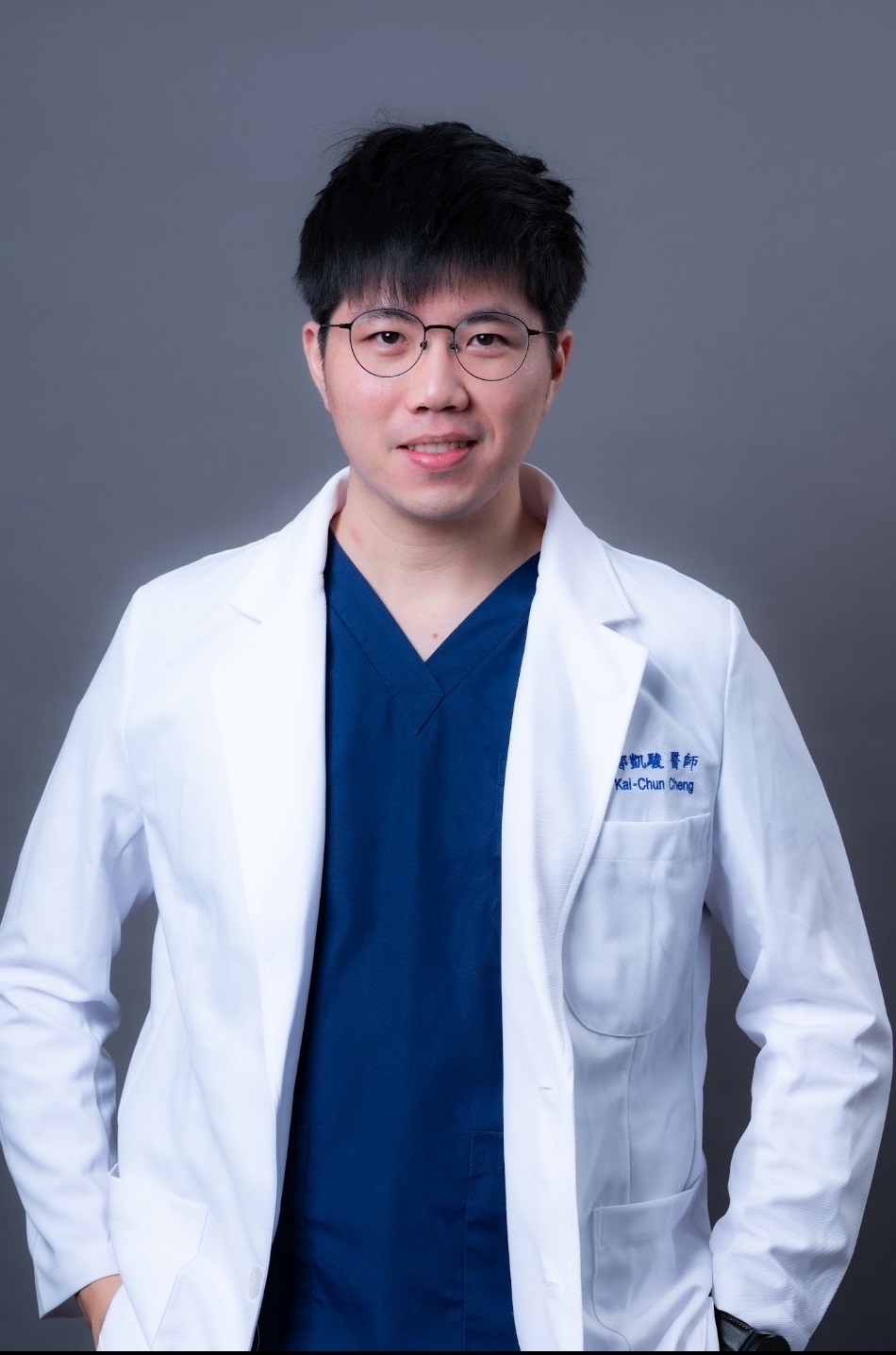
Source: Health News KMUH, August 2025, Vol. 44, Issue 03 - "Dental Treatments" special edition. For more articles, please visit: https://www.kmuh.org.tw/www/kmcj/. All rights reserved. Reproduction for non-commercial purposes is permitted without modification and with proper attribution.
